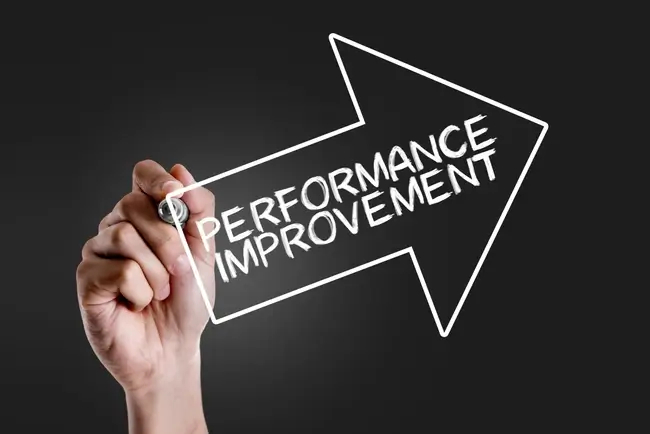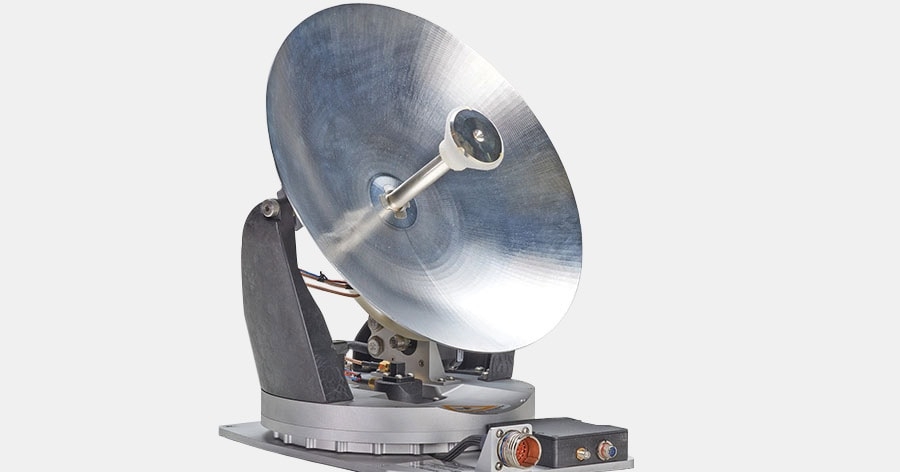PI Full Form and Its Importance in Performance Improvement

It is pertinent to understand the PI complete form and how it relates to performance improvement. PI is one strategy organizations can leverage to improve performance in the present competitive environment and, therefore, strive to increase operational efficiencies and overall productivity. This strategic approach systematically looks at potential improvements in business processes, enabling organizations to make the best out of their operations and achieve significant gains from improvement. With ever-increasing demand for resource utilization and increased productivity, it is highly possible to dramatically affect the bottom line, customer satisfaction, and sustainability in long-run cycles through Performance Improvement.
Core Performance Enhancement Characteristics
- Enhanced Decision-Making: PI will offer the much-needed insights from data analyses, process evaluation, and other forms of empirical study. This will enable the leaders to make decisions that ensure success. It will also enable decision-makers to define trends and solutions related to issues, thereby resulting in better organizational outcomes.
- Cost Efficiency: PI identifies inefficiencies and cleans up the processes, outlining areas of probable savings and relocating resources, leading to healthier profit margins. Organizations can allocate resources to high-impact initiatives, ensuring more return on investment.
- Customer Focus: Performance Improvement ensures that everything done is aligned with customer value, assisting businesses in ensuring that initiatives focused on improving the customer experience take priority—a customer-centric approach results in more satisfied and loyal customers.
- Continuous Improvement: This approach develops a culture of frequently evaluating and reassessing strategies so that organizations remain agile and responsive in a fast-paced marketplace. Continuous growth keeps organizations ahead of industry trends.
- Strategic Plan: PI enhances accuracy in forecasts and long-range planning, preparing organizations for future problems and changes. This proactive approach helps organizations manage risks associated with changes in operations.
In this post, we will discuss Performance Improvement, its relevance in current business practice, and some ways that organizations can leverage its potential for operational efficiency. Stay with us as we provide valuable insight and practical steps toward incorporating Performance Improvement into your business strategy!
What is PI (Performance Improvement)?

PI, or Performance Indicator, is any measurable measure for evaluating how well an organization is doing or accomplishing a specific activity. Identifying the specific metrics that reflect performance in various domains can lead organizations to conclusions that drive strategic decisions and improve operational efficiencies.
Critical Components of PI:
- Component 1: Metrics Selection: Metrics selection is the process of selecting appropriate indicators that align with an organization’s goals. This is very important. Well-defined metrics allow an organization to focus on what matters and track progress.
- Component 2: Data Collection: This involves gathering the information necessary to compute the selected performance indicators. This is critical because data accuracy and timeliness underpin the reliability of the chosen indicators and, therefore, ensure informed decision-making.
- Component 3: Analysis and Reporting: This is the interpretation and reporting of performance data. Analyzing performance indicators and reporting findings support organizational transparency and accountability, leading to continuous improvement.
- Component 4: Continuous Monitoring: Performance indicator monitoring is one way the organization can stay on track. Regular evaluations help identify trends in advance and enable quick adjustments when things are headed wrong.
- Component 5: Stakeholder Engagement: Engaging stakeholders during the design and monitoring of Performance Indicators ensures everyone is focused and aware of the organization’s goals. This inclusivity can enhance motivation and accountability.
Benefits of PI
- Effective Decision Making: PI helps with making effective decisions by providing evidence about performance trends. For instance, if a sales team monitors the customer acquisition rate as its performance indicator, it can identify successful strategies and issues that require improvement for better data-driven decisions.
- Cost Efficiency: PI determines areas of inefficiency and how to distribute resources appropriately. Thus, monitoring production efficiency as a PI could uncover unnecessary costs associated with unproductive processes to streamline the organization.
- Improving Communication and Teamwork: Having performance indicators in place creates an atmosphere of openness and collective teamwork. Performance data can be shared across departments, and teams can look out for challenges and work toward common goals to ensure more cohesive organizational workings.
- Increased Accountability: Clear-cut KPIs render the organization answerable at every tier. Once employees know what they are measured against, they feel more invested in their roles.
- Agility: Tracking KPIs enables an organization to respond quickly to market changes. Agility can give the organization a competitive advantage, positioning the business to pivot as needed.
PI Principles
- Focus on Activities: It is vital to know the tangible activities that lead to performance. Organizations must focus on these activities to increase productivity and overall performance levels. Identifying high-impact actions helps efforts make a difference.
- Relating Activities to Costs: Performance management by relating activity to costs determines whether an organization properly measures cost consequences. This assessment helps identify where efficiency can be improved.
- Continual Improvement: Continuous tracking and feedback are needed to evaluate and refine performance indicators and techniques. A culture of improvement allows organizations to adapt to change and enhance overall performance.
- Alignment to Business Goals: Performance indicators should align with the organization’s overall goals to ensure that efforts contribute to achieving strategic priorities and enhance overall business performance.
- Accessibility and Comprehensibility: Simple and easy-to-understand performance indicators encourage participation and adherence. When workers understand what is being measured and why it matters, they respond positively to the assessment process.
How to Implement PI
- Review Current Work: Review current activities and identify those directly related to the organization’s goals. This provides a foundation for where PI is best suited.
- Identify Cost Drivers: Identify the factors that influence costs related to critical activities. This analysis enables proper linkage of performance data with financial metrics.
- Establish Performance Metrics: Implement relevant performance metrics aligned with organizational goals. This creates a structured way to measure efforts and identify areas needing improvement.
- Engage Employees: Involve employees to foster a sense of ownership and accountability towards achieving set performance targets. Their insights are invaluable for shaping effective strategies.
- Technology Leveraging: Utilize technology and tools to automate data collection and enhance monitoring of performance indicators. This can significantly improve the accuracy and efficiency of the process.
Practical Applications of PI

- Example 1: Manufacturing Company: A manufacturing firm used performance indicators to monitor the production lifecycle. By using equipment downtime as a key performance indicator, they identified bottlenecks affecting productivity. They implemented predictive maintenance schedules, increasing uptime by 25%.
- Example 2: Retail Chain: A retail chain tracked customer satisfaction scores as a performance indicator. Analyzing these scores revealed underperforming store locations in terms of service quality. The chain instituted a targeted training program, which led to a 15% increase in customer satisfaction across those stores within six months.
- Example 3: IT Service Provider: An IT service provider used performance indicators to analyze service response times. By setting benchmarks and closely monitoring performance, they streamlined support processes, reducing average response time from 24 hours to significantly improving client satisfaction.
- Example 4: Healthcare Facility: A healthcare system monitored patient wait times using performance measures. Using analytics, they improved workflow, decreasing mean wait times by 30% and dramatically improving patient satisfaction scores.
- Example 5: Financial Services Company: A financial services firm adopted performance indicators to assess client retention rates. Based on performance data, targeted outreach programs were initiated, resulting in a 20% higher retention rate within the same one-year period.
Performance Indicators are fundamental guides for organizations on their journey to strategic success. When properly understood and implemented, organizations can improve decision-making and efficiency, fostering a culture of continuous improvement.
Final Thoughts
The PI complete form is an excellent practice that companies, bound by the desire to improve performance, must adopt. An in-depth understanding of its core principles—process efficiency, resource allocation, and stakeholder engagement—dramatically unlocks the potential for operational processes and decision-making strategies. With market pressures and competition intensifying, investing in Performance Improvement (PI) will become a cornerstone of management success.
Key Takeaways:
- Enhanced Operational Efficiency: Streamlining workflows to reduce waste and increase productivity.
- Data-Informed Decision Making: Performance metrics help identify growth areas and focus strategic decisions.
- Better Team Engagement: Collaboration and communication across departments help employees realize common objectives.
- Increased Customer Satisfaction: Alignment of performance with customer expectations fosters loyalty and retention.
- Sustainable Success: This engenders sustainable success for individuals and organizations through a culture of constant improvement and change.
Now’s the moment to embrace Performance Improvement and experience firsthand the tremendous effects it can have on your company. Join us in taking that first small step toward changing business operations and unleashing sustainable growth today!
